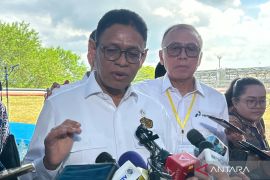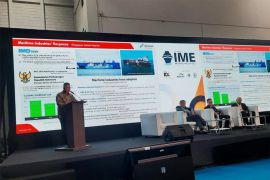BP Migas Head R Priyono said here over the weekend that his side had been assured that the Tangguh field had a reserve of 700 Million Metric Standard Cubic Feet per Day (MMSCFD).
"This reserve is enough for a refinery with a capacity 3.8 million per annum ," he said.
He said that the Tangguh reserves would also be allotted for chemical industry in Papua.
Priyono said his office had asked BP Indonesia, the Tangguh operator, to propose soon a plan of development (POD) scheme.
"We hope the POD could be finished at the end of this year," Priyono said.
The construction of the refinery plant is expected to start in 2015 and be completed in 2018.
He said that besides for exports, LNG would also be used to meet the need of the domestic market.
Earlier, Oil and Gas Director General Evita Legowo said the government would allocate some of the Tangguh plant production for chemical factories at home.
"Seeing the reserves we have, we are committed to allocating some of the Tangguh gas production for petrochemicals," he said.
At present, the Tangguh project which is located in Teluk Bintuni, Papua, consisted of two LNG trains with a respective production capacity of 3.8 million tons a year or with a combined production capacity of 7.6 million tons a year.
The gas came from three blocks, namely Berau, Wiriagar and Muturi with a proven reserve of 14.4 trillion cubic feet.
All of the LNG production is allocated for exports to the United States (3.6 million tons), Fujian (2.6 million tons) and South Korea (about one million ton). (*)
Editor: Kunto Wibisono
Copyright © ANTARA 2011









